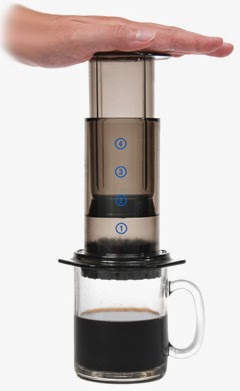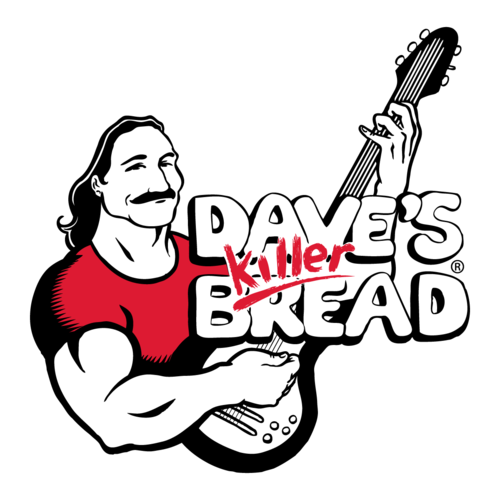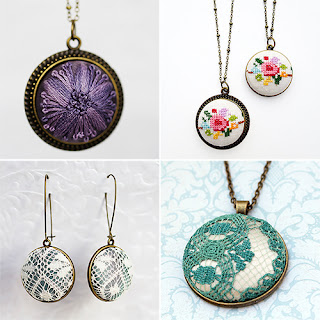Janine Ramadan
Deveka Leibovitz
Paint Nite Glows in Broad Channel by Merle Exit
There are times when you need to get your creative
juices flowing. Why not take the
opportunity to relax and socialize with your friends as well without having to
travel much of a distance? This is one of the reasons that Paint Nite was
invented, the opportunity to learn how to paint for the first time or choose a
location simply because the previewed paintings is your goal.
Paint Nite venues are typically located at “bars and
grills” rather than being in a studio setting.
One event was secured with the historic Grassy Point Bar and Grill,
located at 1802 Cross Bay Blvd in Broad Channel. Christeen
McCambridge, daughter of owner John McCambridge saw Paint Nite as a
chance to gain future customers and business on a day that is considered to be
a “slow night”.
“We are not charged to book the event, although we
did have to guarantee about 10 people.
With both Paint Nite having a website and our facebook page, 30 people
bought tickets. My intention is to have
this fun evening once a month. My father
will be opening the kitchen on Sundays for some tasty treats. We also have an in house horseshoe club that
meets on Thursday evenings. They stir up
a barbecue and offer hamburgers and hot dogs to our Paint Nite attendees.”
Janine Ramadan, a Queens high school art teacher,
works with #Teamqueens. Janine had the
class take the following oath. “Creating
something doesn’t have to be perfect or pretty.
I promise to relax and have fun, not to throw my art across the room.
Not to say, ‘mine sucks’ or ask anyone else to do it for me. I embrace my artistic side and am proud of
what I create. Cheers!”
Janine brings the advertised painting simply as a
goal to work for allowing for your own interpretation. The paint lessons are taken step by step
using the brush strokes to first create the background. You are given a disposable plate with
primary colors of which you blend.
Brown, for instance, uses dark blue, yellow and red. To make the fall theme easier, Janine
provided both red and the secondary color orange.
One first timer, Deveka Leibovitz, came from
Woodhaven. “I did struggle a bit and
Janine was most helpful, “said Deveka.
“I learned that blending colors on the painting is important so that
there are no lines going from one color to another such as viewing a sunset
over water as the yellow gradually becomes a light orange and the distant blue
does not produce an obvious straight line.”
Most of the attendees were painting for the first
time. “It was a lot of fun”, said Broad
Channel resident Joann Bogart who was with her daughter Sarah Defillippo and a
few of her local friends. “At first it
was something to do locally. I enjoy
going to Grassy. This was more like a
‘Girlfriends Night Out’. I’m no
Picasso, but this certainly brought out my creative ability. We actually chose the painting as the water
theme reminded us of Broad Channel without the mountains.”
A fall foliage painting is planned for October 20
th. Grassy Point Bar and Grill
events are posted on their facebook page.












